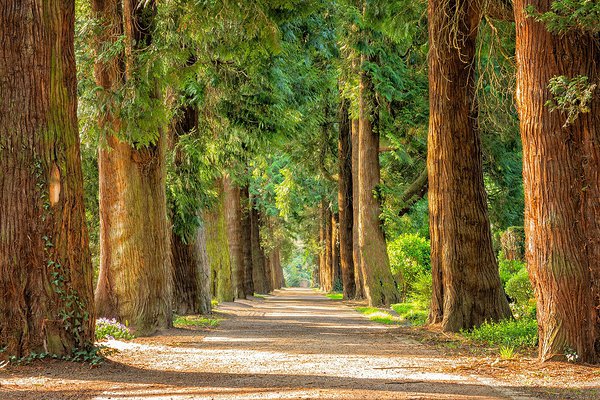Where do trees get their mass from?
In the early 17th century, a Belgian scientist called Johann Baptista van Helmont carried out an experiment in which he placed a willow tree weighing 2 kg in a pot that contained around 90 kg of dried soil. For 5 years he took care of the tree, adding nothing but water and making sure that no soil was added or removed. After 5 years he weighed the tree, finding that it had gained 75 kg, whilst the soil had only lost 57 g.
Back then the process of photosynthesis had not been discovered, so he concluded that all that weight came from water. However, this was not correct.
Did the growth come from the sun, then? As previously mentioned, light is essential for plant growth: yet photons carry only energy and not matter. Therefore, the sun cannot provide the necessary mass.
Perhaps, then, the matter comes from the soil? If that were the right answer, then trees should be surrounded by massive holes without soil, since the matter has to come from somewhere.
Alright, enough of mind games. The truth is that all enormous and powerful trees mainly consist of carbon. If the carbon does not come from the sun, water or soil then we are left with only one option – air. Carbon dioxide, CO2, to be exact.
Cellular respiration is a process by which carbon molecules (glucose, in this case) are broken down to release energy. As some of this glucose is left over after all the vital processes have been carried out, the surplus is directed into the construction of leaves, roots and other components.
Thanks to this process we are also able to combat climate change by planting trees, which bind the atmospheric carbon into their cells. The next time you’re surrounded by trees take a moment to appreciate the complex processes involved in the transformation of matter. It is fascinating to think that we as humans lose mass by exhaling carbon dioxide, yet trees gain mass by breathing in the exact same substance.
 lines
lines 